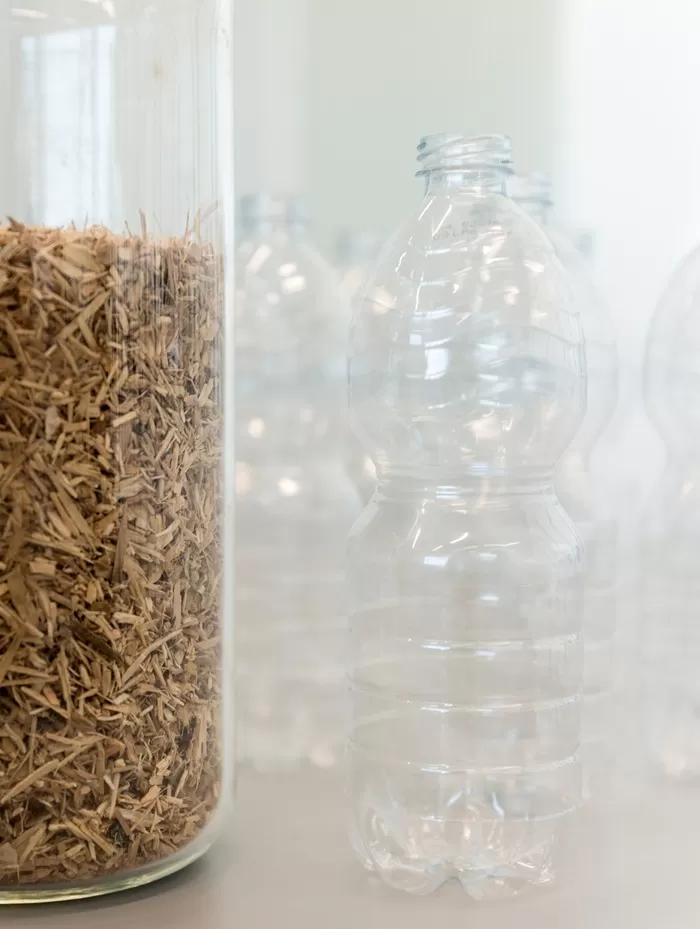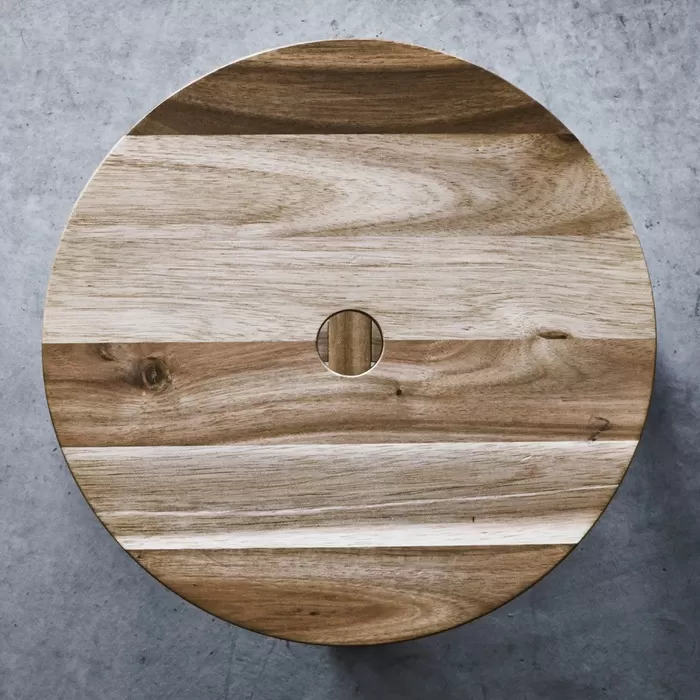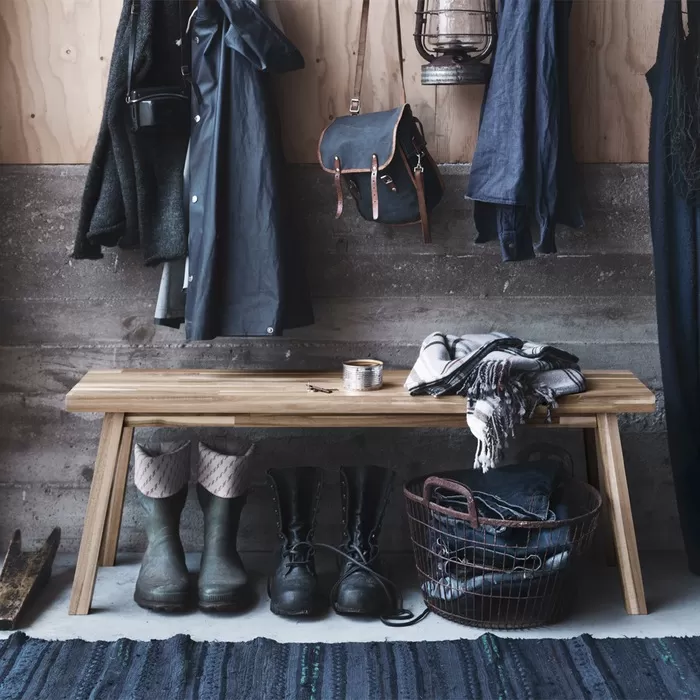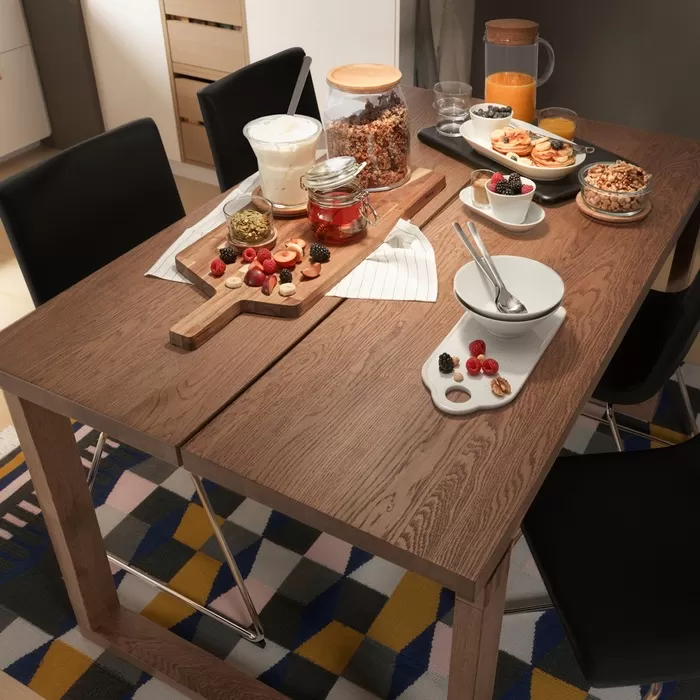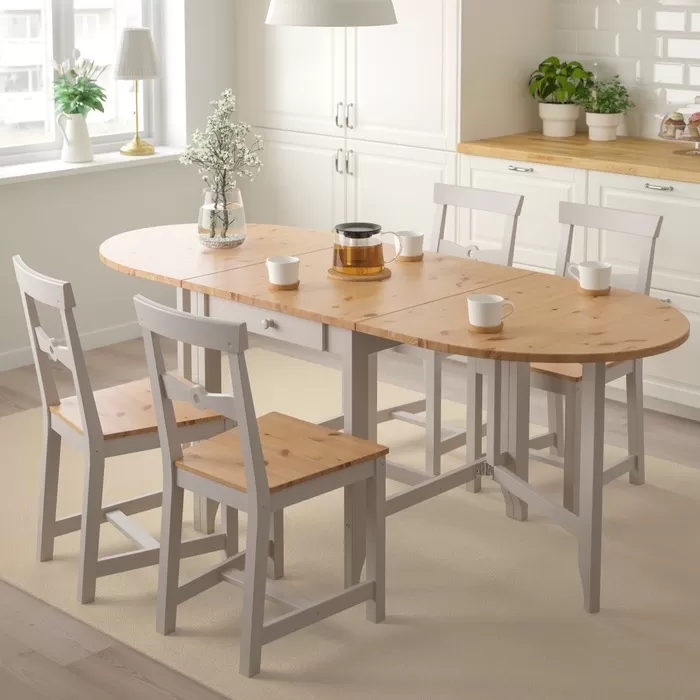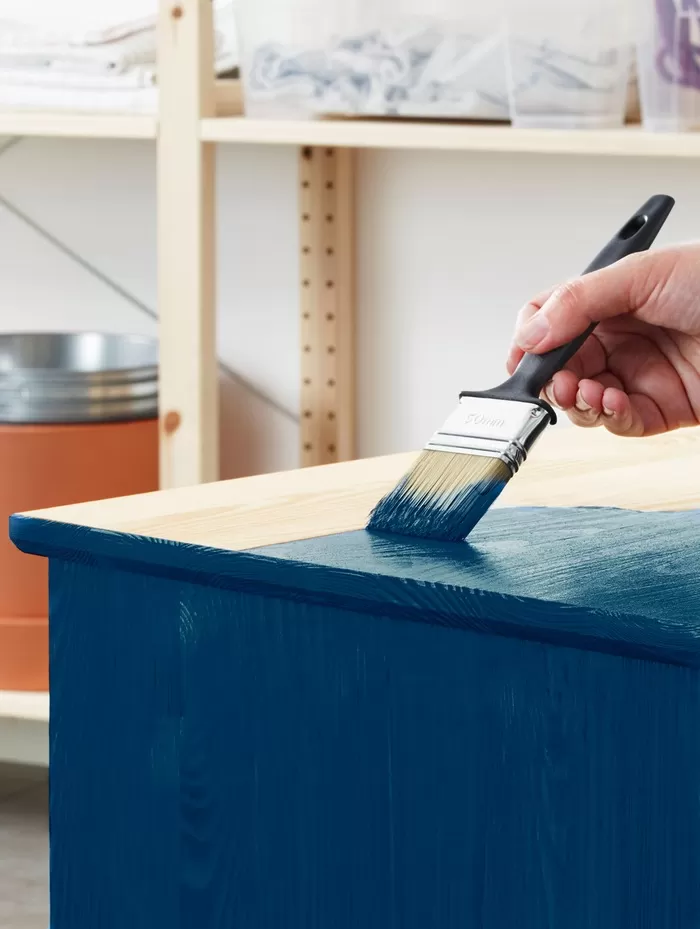Do you feel bad about throwing things away? Maybe you want to repair, reuse or recycle, but lack the time, knowledge or energy to do so. We can help.
Every day IKEA explores new ways to make circularity – the elimination of waste and continual use of resources – more convenient and relevant for you. We are constantly working towards helping you waste less time, money and effort by prolonging the life of the products you buy and how you buy them. For example, we are testing the potential for more circular solutions such as furniture leasing, take-back and buy-back schemes, and helping customers repair, reuse and recycle old furniture or give it a second life through reselling.
In our journey towards becoming a circular business by 2030, we have committed to:
- Enabling our customers to obtain, care for, and pass on products in circular ways
- Producing 100% circular products (raw materials – recycled – remanufactured – refurbished – reused)
- Using only renewable and recycled materials
- Taking the lead and joining forces with others in achieving a circular economy through advocacy, collaboration, and business partnerships
Creating from what we already have
Waste can be valuable – it can be a resource. Have you ever tried to build something new out of things you found around your home? That’s what we try to do when we develop a new product.
Looking for ways in which we can be sustainable by using either leftovers from other productions or recycled materials, is a hot topic in our design process. The result is that you can buy products made from 100% surplus or recycled materials. In other words, our current products become our material banks for the future.
On our way there
Using resources carefully, creating more from less, and optimising operations, are all actions that are embedded in the IKEA DNA. We’re not there yet, but we are well on our way to becoming a circular business.
In financial year 2019 we successfully gave 47 million products a second life, 38 million products were resold through the As-Is specialty shop, and more than 9 million products have been repacked back to the shelf.
Our SKOGSTA bench is made from solid acacia wood. This natural material is known for its durability and water resistance. It can be recycled or used for energy recovery.
Circularity is more than just material choice – the MÖRBYLÅNGA table is made from oak veneer which is durable, but it is also easy to disassemble, paving the way for repair and refurbishment.
Besides their ease of use, the GAMLEBY table and chairs are made from solid pine – a natural material which ages beautifully. It is made from 100% renewable material.
Did you know?
More than 60% of the IKEA product range is based on renewable materials, like wood and cotton, and more than 10% contains recycled materials.
A zero waste mindset
We think hard about the way we work, from how we choose materials, to how we design, produce, transport, sell and what happens to our products at the end of their life cycle.
We are always looking to find new ways to use renewed and recycled resources as materials, and continuously re-design the production of existing products to make it more sustainable. In addition, we undertook to make products that can be reused, repaired, reassembled and recycled by our customers by 2030. We also repeatedly aim to save as much energy as possible in our operations.
On our global website about.ikea.com you can find out more about how IKEA is working towards a world without waste.
Adapting products to new uses is one way to make them last longer.
Spreading circularity across the planet
We are creating and strengthening a circular movement one market at a time:
- We are testing buy-back and resell services in numerous markets around the world
- In the Netherlands, Sweden, and Switzerland we are trialling leasing as a payment option
- We ran a circularity campaign, running events to encourage visitors to reuse, share, recycle, upcycle and repair items, along with talks about circular principles in Russia

